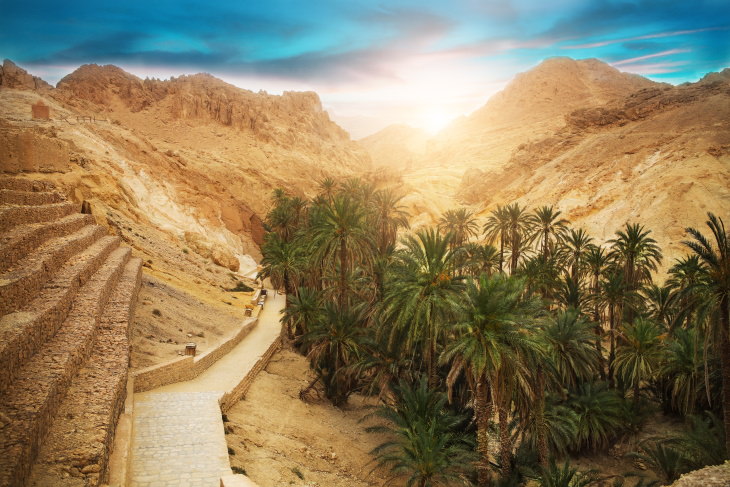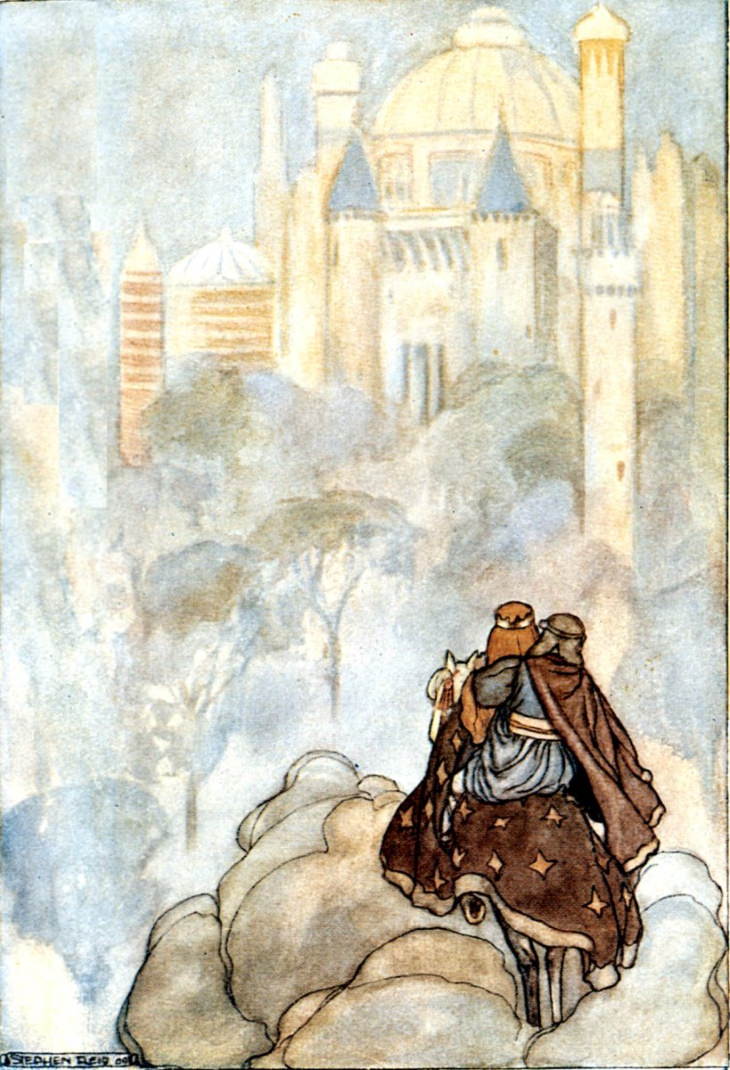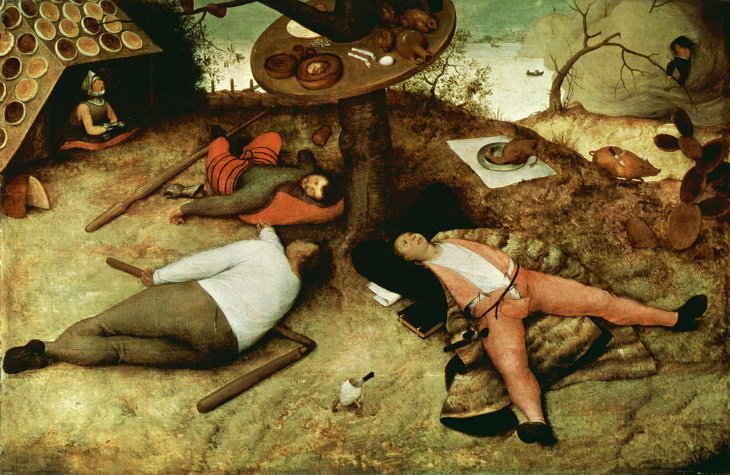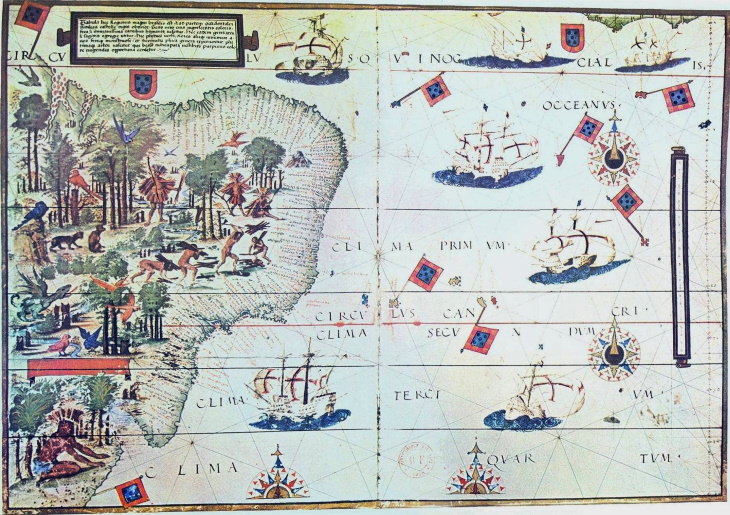1. Zerzura
Since the times of antiquity, it has been rumored that there exists a beautiful oasis amid the Sahara desert located somewhere to the west of the Nile river. The famous historian Herodotus himself mentioned a legendary city full of treasures unimaginable lost in the desert sands.
This city, Zerzura, a city “white as a dove” with a sleeping king and queen, fiercely guarded by black giants sounds incredibly appealing, which explains numerous expeditions conducted in the 19th and early 20th centuries that aimed to find this mythical place. The first modern-ish references to the city date back to 1835, when an English Egyptologist John Gardner Wilkinson set out to search for the white ruins of a city in an oasis somewhere in the Libyan desert.
Unfortunately, the city remains undiscovered, and its very existence remains the stuff of myth.
2. Tír na nÓg
An Illustration of Tír na nÓg from the book "The High Deeds of Finn and other Bardic Romances of Ancient Ireland", by T. W. Rolleston, et al, Illustrated by Stephen Reid
Though not necessarily conceptualized as a city, Tír na nÓg, or the Land of Ever Young, is an island located somewhere to the west of Ireland. It is the home of the ever young and beautiful, often considered the afterlife in Celtic mythology.
Tír na nÓg is ever green and always blooming, it is inhabited by mythical god-warriors and is said to have a salmon-inhabited well near a grove of nine hazels, as well as a silver branch with golden apples and cities built of precious stones.
The golden path to the island lies through the sea, but uninvited visitors are not welcome at Tír na nÓg, and few humans were said to have ever seen this mythical place.
3. Ryūgū-jō or the ‘Dragon Palace’
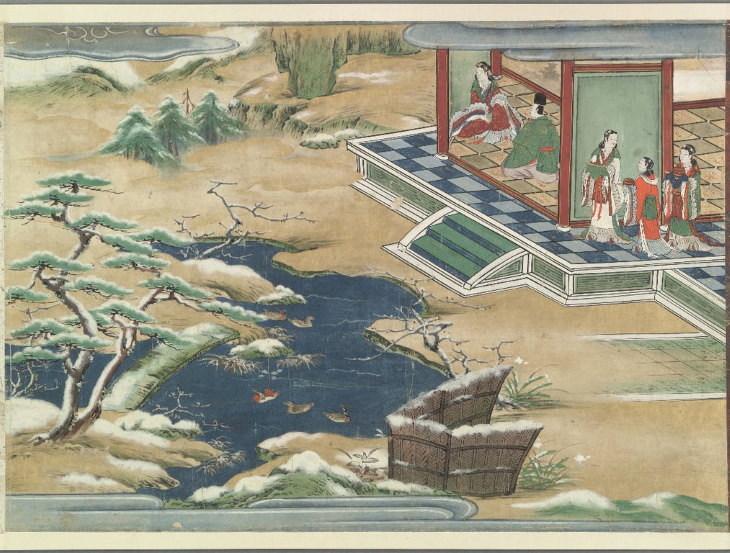
Japanese handscroll or emakimono depicting the winter part of the Ryūgū-jō palace. Source: MartinPoulter/ Wikimedia Commons
Atlantis is by far not the only underwater city of legends. In Japanese folklore, there are mentions of an underwater palace called Ryūgū-jō, the home of Ryūjin, the Dragon King. In a famous folk tale, a young fisherman rescues a turtle from a group of mean kids, and as a reward, he is taken to a red and white coral underwater mansion, the home of the Dragon King and his family.
The beautiful palace has a different season in each of its four sides, but there is a catch - one day in the castle is equal to a whole century outside.
4. Cockaigne
Das Schlaraffenland by Pieter Bruegel the Elder (1567)
The prize for the most ridiculous of mythical cities goes out to the Medieval folk who made up Cockaigne, a utopian city abundant in food, sexual liberty, and perpetual drunkenness. This fictional paradise was made up by peasants in the Middle Ages, and it is often considered a parody of paradise.
The first records of Cockaigne, pronounced exactly like Sigmund Freud’s favorite drug, you guessed it, cocaine, date back to the late 12th century and is described as a land where the houses are made of cake, food rains down from the sky, and rivers are made of wine.
One of the most famous depictions of this fantasy land belongs to the famous Dutch artist Pieter Bruegel the Elder, where he shows people lying on the grass surrounded by readily available foods, such as a roasted pig and egg running with cutlery in them hoping to be eaten (see image above).
5. Ciudad de Los Césares (City of the Caesars)
A 16th Century Map of Brazil
Also known as the Wandering City and the City of Patagonia, the Lost City of the Caesars is the last one on our list. This beautiful utopian city is said to have been located somewhere deep in the Andes mountains of South America, in the valley of Patagonia in an area that is now on the border of Chile and Argentina.
The first mentions of this mythical place belong to one captain named Francisco Cesar, who described it as a city of incredible riches, such as gold and diamonds in quantities beyond belief. In fact, it’s very similar to the famous El Dorado, and similarly to El Dorado, no evidence exists to prove its existence. According to some legends, the path to the city was enchanted and those who left it will never be able to find it ever again.
Today, many legends exist about the Wandering City of Patagonia, and different iterations of these legends seem to disagree as to who inhabited and founded this utopian paradise. According to some legends, the city was inhabited by ghosts, while others state that it had been founded by Patagonian giants or even Spanish shipwreck survivors.

